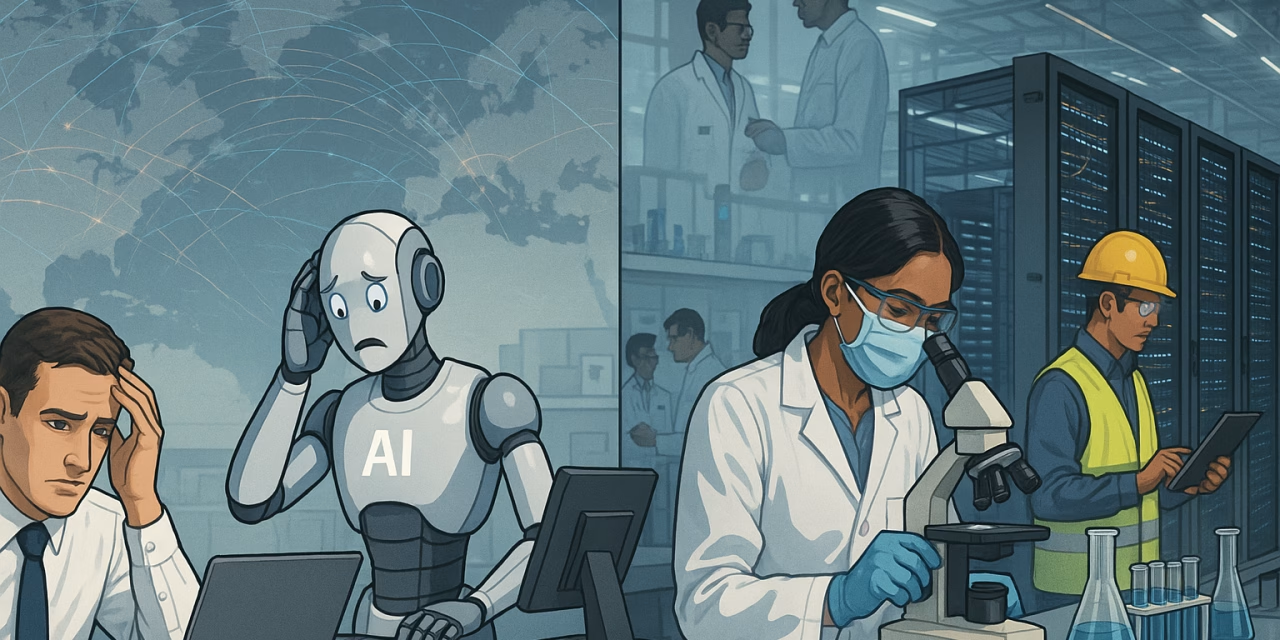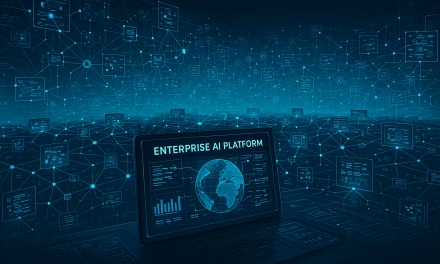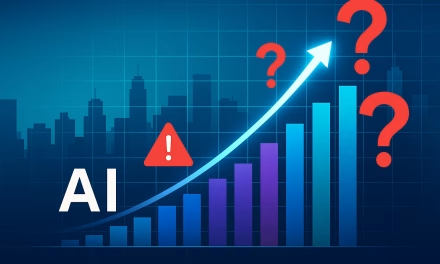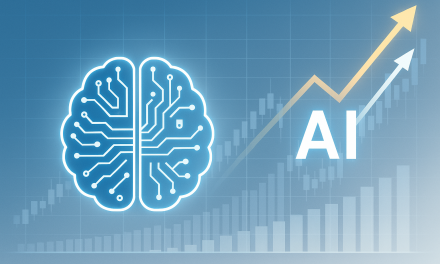July 6, 2025, highlights the complex and multifaceted nature of Artificial Intelligence’s impact on the global business landscape, from workforce transformation and real-world implementation challenges to supply chain dynamics and the strategic restructuring of major corporations.
Senior executives from Ford, JPMorgan, and Amazon have issued stark warnings about AI triggering deep cuts in white-collar jobs across industries, urging companies to focus on reskilling and digital transformation. This underscores the profound impact of AI on the workforce and the growing anxiety about AI-driven displacement.
At the same time, a new study reveals that AI agents that perform well in simulations often fail at basic retail tasks in real-world environments. This highlights the significant challenges of translating AI’s theoretical capabilities into practical, real-world applications and the need for better alignment between training environments and physical-world complexity.
In the pharmaceutical sector, Global Capability Centers (GCCs) in India are adopting AI to cut time and cost in drug development, transforming India’s role from a support hub to an innovation engine. This demonstrates how AI is reshaping global supply chains and creating new centers of innovation.
The demand for AI infrastructure is also booming, with Hon Hai Precision Industry (Foxconn) reporting a 15% revenue growth fueled by surging demand for AI servers from its partnership with Nvidia. This highlights the critical importance of the hardware and infrastructure that power the AI revolution.
Meanwhile, Chinese tech giants like Alibaba, Tencent, and ByteDance are undergoing frequent organizational restructuring to prioritize AI, even as clear monetization paths remain uncertain. This reflects the immense strategic importance of AI and the willingness of major corporations to fundamentally reshape their organizations to capitalize on its potential.
The developments on July 6, 2025, collectively paint a picture of a global AI chessboard where the pieces are constantly in motion. The interplay of workforce transformation, implementation challenges, supply chain dynamics, and strategic restructuring is creating a new and complex business landscape, where the winners will be those who can navigate this multifaceted environment with agility and foresight.





